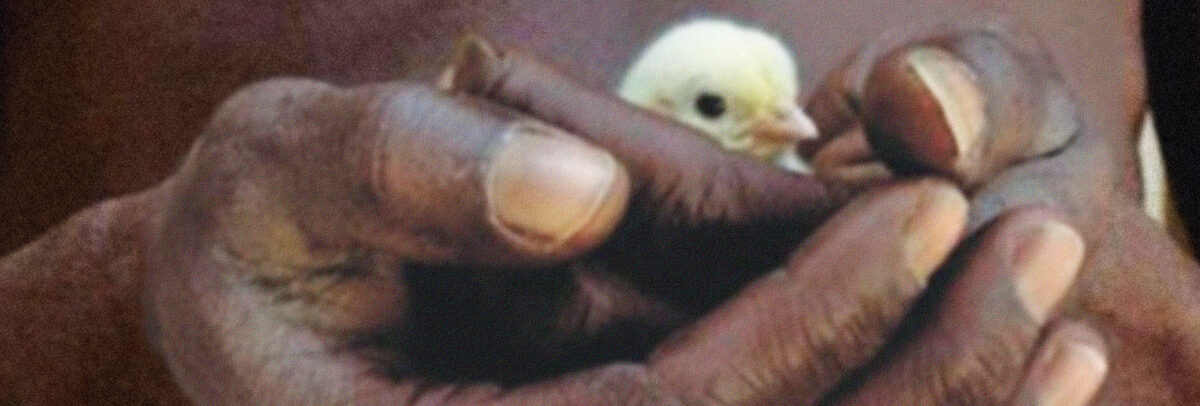Verbal Introductions to the Pieces
Welcome — Turn, Turn, Turn by Pete Seeger
Welcome to our online concert, “Where Is Love?” In this concert we explore the vast meaning of Love. While the Greeks had seven words to name different types of Love, English has only one. Often used superficially, it is easy to forget that Love is the foundation of our world in a very real sense.
Have you ever been in nature and felt an experience of awe? Have you ever looked at a flower so intimately or been so drawn to the night sky that you lose yourself? That is a form of love, when two things feel pulled together and create a sense of oneness.
And, although in this way, Love is manifest everywhere in everything, we can deny Love’s presence in our own lives by choosing to turn our back on our connection—when we act solely for ourselves and our own desires. We forget the Circle of Life, that says there is a time and a place for everything. Found in the wisdom book of Ecclesiastes [3:1-8] from the 4th century BC., this non-judgmental philosophy shows us the path for tolerance and for peace.
Sound Over All Waters by Paul Halley
“Sound Over All Waters” is dedicated to Coretta Scott King. The poem by Whittier, written just after the Civil War, goes to the very heart of what is Love—which is simply, the deep impulse for two things to come together, and unite.
This is the tremendous power of Love, which is known in physics. It is the primal force of creation, of life, and of our natural desire for unity. At our root we are all connected. When we see each other in this way, our divisions cease, and we are reconciled.
Then, as the song says, “the dark night is ending, and dawn has begun.”
Dirait-on by Morten Lauridsen
In “Dirait-on”, or, “So they say”, the poet, Rilke, uses the metaphor of a rose to describe the seed of all love, that of loving ourselves. Appropriate love and care of self gives us the freedom to love other things appropriately, that is, to love them for themselves, and not for what they can give us. The balance between these two loves keeps our self-love in check, unlike the tragic Narcissus, who was doomed by his self-love that excluded all others. A translation:
Abandon enveloping abandon, Tenderness touching tenderness,
Who you are sustains you eternally, so they say;
Your own reflection gives you light.
And in this way, you show us how Narcissus is redeemed.
Ring Out, Wild Bells by Charles Gounod
In the poem for this solo, Tennyson used the tradition of ringing out the old year in his plea for a new beginning. Like anything else, Love can diminish and even disappear. It is crucial, and within our power, to cherish and protect Love’s attributes—to honour such things as Truth and the common love of Good, the larger heart and the kindlier hand. In this way, we fan the flames of Love in the face of opposition for the benefit of all.
Let Us Depart in Peace by Jim Scott
Thank you so much for joining us on this tour of the many aspects of Love.
By recognizing Love’s creative power throughout our universe, we can see that all things are inter-connected. All creatures, including the loon, the whale and the wolf heard at the beginning of this song, have the impulse of Love at their centre. The planet moves and breathes through Love’s internal predisposition to unite.
This is the divine DNA that is within all things. This is why we can feel at one with nature, with a child, and with a lover. We didn’t do this. We are this. Love is our essence. And our response is wonder, awe, and profound gratitude.
